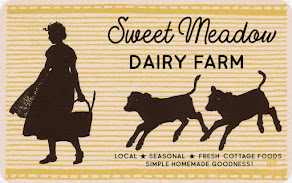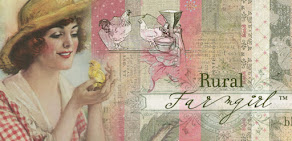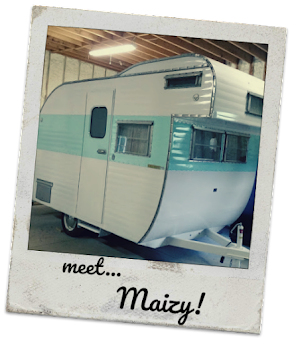| photo source: www.todaysphoto.org |
Our last post for practical
preparedness was on how to safely purify water in case of an emergency…remember
that boiling is best; however using bleach or commercial water filters will also
make water safe to drink. Look here to find all the how-to's.
You should have an emergency water supply of at least 7 gallons per person...that's one gallon, per day as recommended for a one-week home emergency kit. That's a lot of water!
You should have an emergency water supply of at least 7 gallons per person...that's one gallon, per day as recommended for a one-week home emergency kit. That's a lot of water!
If you plan to purchase water, keep
in mind that commercially bottled water in PETE (or PET) plastic containers need
to be rotated and used by the “best if
used by” date guideline. Avoid plastic containers that are not PETE plastic.
It's also a good idea to keep in mind that a gallon of water weighs 8 pounds. Meaning a 5 gallon container will be 40 pounds for you to carry! You may want to use several smaller containers to make sure they're easy to lift by the members your family.
If you want to package your own
water use these guidelines:
1~
Fill only food-grade containers, containers made of PETE plastic.
Fill only food-grade containers, containers made of PETE plastic.
2~
Be sure to sanitize and rinse thoroughly any container you plan to use. Make a simple solution of 1 teaspoon liquid bleach mixed with 1 quart of water to thoroughly clean, then rinse containers. Remember to use bleaches without scents.
Be sure to sanitize and rinse thoroughly any container you plan to use. Make a simple solution of 1 teaspoon liquid bleach mixed with 1 quart of water to thoroughly clean, then rinse containers. Remember to use bleaches without scents.
3~
Plastic milk jugs are not a good choice for water storage…not only do they not seal tightly, they will become brittle over time.
Plastic milk jugs are not a good choice for water storage…not only do they not seal tightly, they will become brittle over time.
4~
Never used containers that previously held non-food products.
Never used containers that previously held non-food products.
5~
City water (water that’s chlorinated from a water supply) needs no more treatment and is ready to store in sanitized, food-grade containers.
City water (water that’s chlorinated from a water supply) needs no more treatment and is ready to store in sanitized, food-grade containers.
6~
Non-chlorinated water, needs to be treated with bleach. Add 8 drops of liquid bleach to every gallon of water. Use only bleaches with no scent or additives.
Non-chlorinated water, needs to be treated with bleach. Add 8 drops of liquid bleach to every gallon of water. Use only bleaches with no scent or additives.
7~
Keep water storage from light, heat, and freezing temperatures.
Keep water storage from light, heat, and freezing temperatures.
8~
Rotate the water often, and if needed, the taste can be improved by pouring the water back and forth between two containers before using.
Rotate the water often, and if needed, the taste can be improved by pouring the water back and forth between two containers before using.
How long does water last?
Well, according to the International Bottled Water Assn., or IBWA, properly stored water is potable "indefinitely." The IBWA (here) has a lot of information.
However; it's important to know that how long water will last is determined by how it was stored and its source...was it bottled commercially or did you bottle it yourself?
However; it's important to know that how long water will last is determined by how it was stored and its source...was it bottled commercially or did you bottle it yourself?
Commercially bottled water will have an expiration date stamped on it...expect the shelf life to be about a year. If you're bottling the water yourself, be sure to rotate it, then replace bottles every six months.
Expired water can certainly be used for hand-washing laundry, dishes, or watering plants...recycle & reuse!
Please feel free to share any information or experiences that you have...it's great to learn from one another!































Awesome info ! Thanks for sharing it with us . This is why I love blogging so much all kinds of wonderful bloggers out there to share with and vise versa ! Have a good day !
ReplyDeleteI agree...there's so many fun sites filled with inspiration! And while this post is, well, "practical" as it says, I hope it helps someone. We'll get into food storage soon...with winter coming, it's always good to be ready for that next blizzard!
DeleteYes...and water is my first concern..I have a big blue barrel to fill. I hope it is food safe.
ReplyDeleteMary, I agree...water's always a concern. Take a look at your barrel and see if there are numbers stamped on it, then take a look here...http://www.ehow.com/way_5819448_do-tell-food-grade-plastic_.html
Deletethey list the 7 types of plastic considered "food safe." -Mary